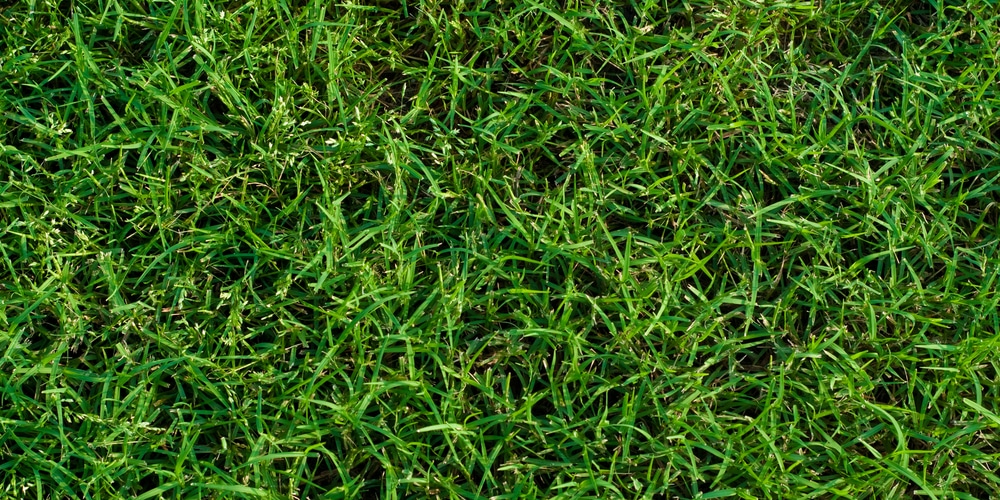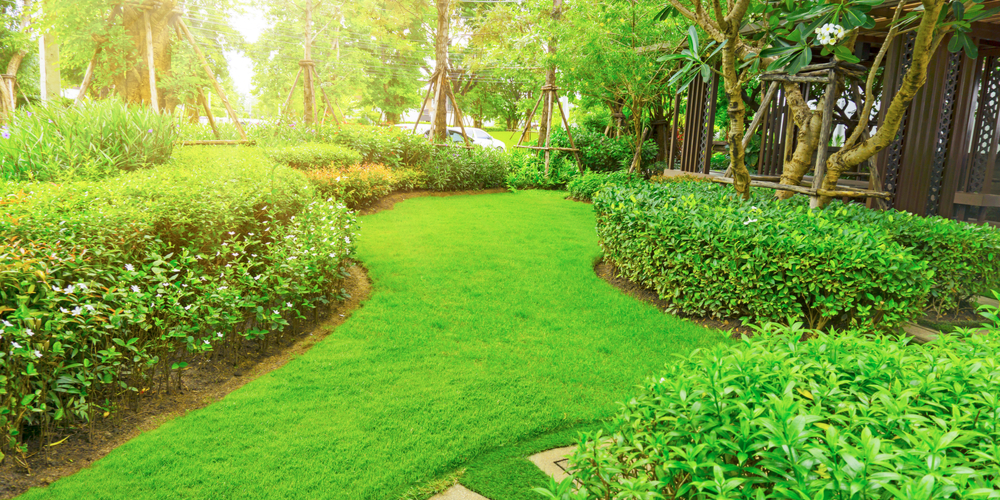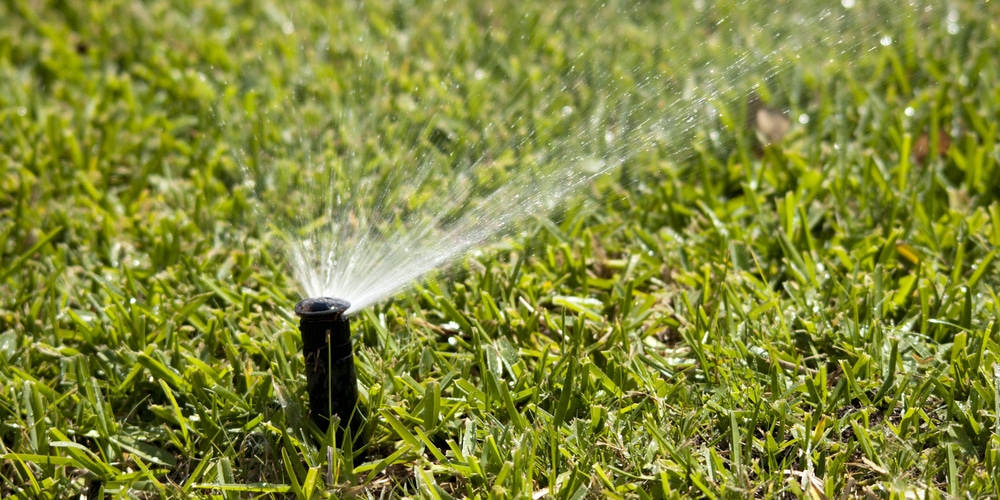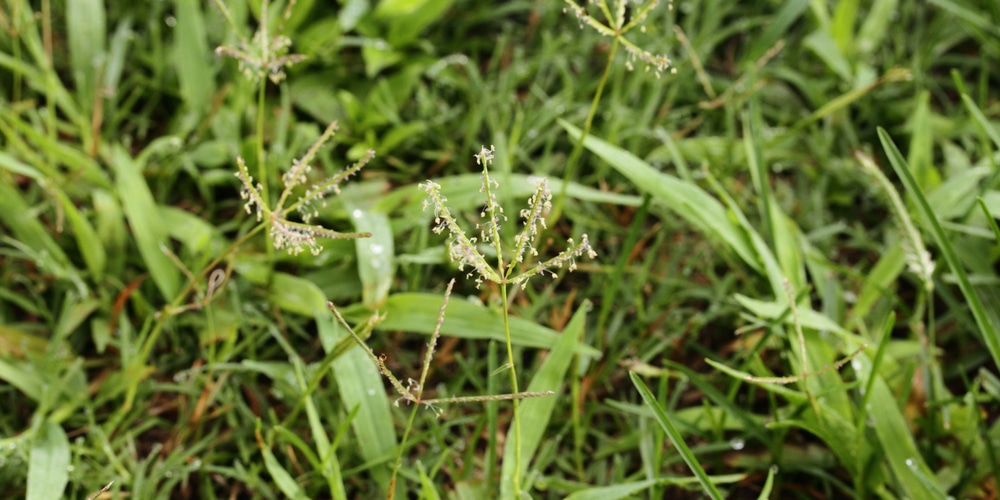We all know that heavy rainfall is very unusual in Southern California, especially during the summer days. While winter brings little precipitation, the months of May to October are very challenging for your plants. You’ll need to choose a drought-tolerant grass for Southern California.
These months are the sunniest and driest time of the year, so you have to supply your garden with lots of water, and if you have grass, expect your water consumption to be really high.
The best way to cut down on water usage is to plant drought tolerant grass in Southern California, most of which are native to the region. Let’s get to know more about these drought-tolerant grasses.
How Drought Tolerant Grasses Can Benefit Your Garden
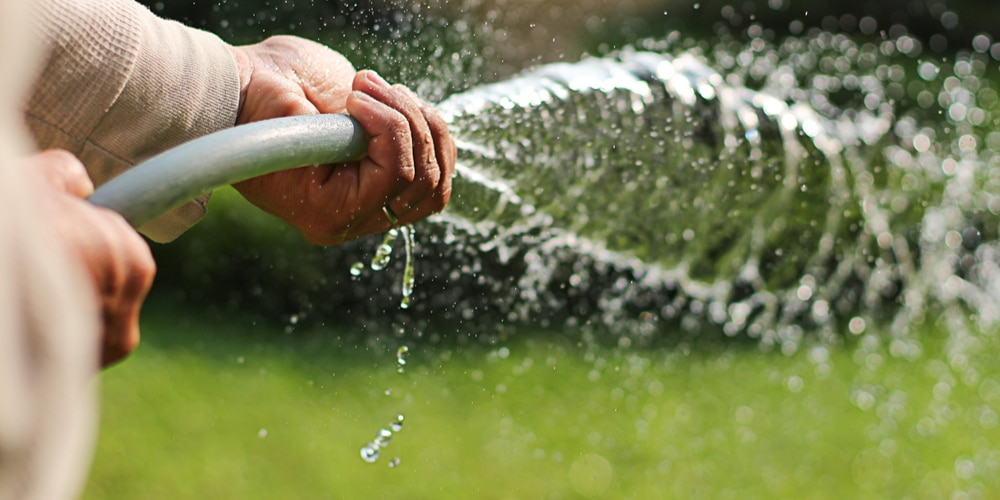
The most common ground cover for gardens is either small pebbles or sand. But did you know that pebbles and sand have the tendency to make the soil infertile?
Not only that, but since pebbles are heavy, they tend to sink into the ground and mix into the soil. The greatest benefit of having drought-tolerant grass in your garden is saving money on water bills.
Grasses are a great consumer of water during hot days. Aside from this, here are other benefits of this type of grass:
- Holds the soil and thus, prevent soil erosion
- Adds color, beauty, and texture to your garden
- Once established, only requires little maintenance
- Builds organic matter in the soil
- Increases water infiltration
Types of Drought-Tolerant Grasses
Now, there are two types of drought-tolerant grass you can choose from depending on the climate in your area. Since it’s generally warm and dry in Southern California, it would be best to choose warm-season grasses. Here’s why.
Cool-Season Grasses
Coo-season grasses love cold and dry soil. They are active from mid-spring until fall, which also means that they stay green all year round. However, without supplemental watering or occasional rain when the weather starts getting warmer and hotter, these grasses will turn brown and go dormant.
Warm-Season Grasses
Warm-season grasses love the heat of the sun. When the weather is very hot, these grasses thrive the most. This is why the best planting time for these grasses is during mid-summer when the temperature reaches its peak.
Warm-season grasses are green and lush from spring until summer. Come fall, these grasses go dormant and turn brown. Since the climate in SoCal is hot and dry all year round, you can save water, time, and money when you choose warm-season grasses.
Drought-Tolerant Grasses for Southern California
Warm-season grasses that are drought-tolerant best suit the climate of SoCal. Although cool-season grasses will give you a green lawn all year round, the dry and hot climate of SoCal will make you spend a lot of money on water bills.
If you come to think of it, you also get a green lawn with warm-season grasses all throughout the year since they thrive the most in sunny places, which is the everyday situation in SoCal. Here are the five best drought tolerant grass Southern California:
1. Bermudagrass
If you’re looking for the most drought-tolerant grass, Bermudagrass is a good choice. It’s a perennial warm-season grass, which means that even though the blades become dormant in winter, expect to see dense, dark green blades in the ground again in the summer.
Bermuda grass is sensitive to cold temperatures. This is actually not a problem since winter is mild in SoCal.
Bermuda grass stays green all year in areas that are frost-free. It does not only tolerate heat but can also tolerate salt, which is an advantage since some places in SoCal are near coastal areas.
Bermudagrass only needs 1.25 inches of water weekly. This grass can stand long days with no water since its deep roots can take up water from deep within the ground.
2. Centipede grass
Low maintenance and excellent heat tolerance are two of the reasons why centipede grass is a favorite of many homeowners. This grass type can also tolerate poor soils. Its most productive growth period is during the summer when the temperatures are high.
The only problem with centipede grass is that it’s sensitive to alkaline soil and it has a shallow root system. In mild climates, centipede grass stays green all year long. This is another way of saying that centipede grass will remain green in your garden.
3. Zoysiagrass
Zoysiagrass is best known for its ability to tolerate traffic. The best planting time for this grass is during the spring or early summer.
This grass is slower to establish as compared to other grass types. Once it matures, the blades will grow light to medium green and will turn brown and straw-like in the winter.
You only need to supply 0.5 inches of water weekly for zoysiagrass to live. After an extended drought of 30 days, this grass will go dormant for 3 to 4 weeks and turn green again once water is restored.
The most drought-tolerant varieties of zoysiagrass are the Palisades, El Toro, Jamur, and Empire.
4. St. Augustine grass
One problem with growing plants in SoCal is the salty air since the region is near coastal areas. St. Augustine grass is the best drought-tolerant grass for those who live near the sea.
This grass is popular for being able to tolerate salt much better than other kinds of grass. St. Augustine is a dark green grass with broad, flat blades that thrive in the hot sun.
It is able to tolerate drought conditions using its above-ground stems called “stolons.” This grass only needs one inch of water weekly.
5. Bahiagrass
Bahiagrass is a tough, drought-tolerant grass. It can live even with just occasional rainfall and little irrigation. Not only that, but it can also tolerate poor soil, pests, and some diseases.
If you are someone who has little time for gardening but needs something green in your garden or yard, you should go for Bahiagrass. They require little maintenance once established.
You just have to make sure that they get direct sunlight all day. Bahiagrass can also tolerate poorly drained sandy soils.
Drought-Tolerant Grass For Southern California: Conclusion
Drought-tolerant grass can help you cut down on water usage. Choose warm-season grasses because they are more drought-tolerant than cool-season grasses.
Take note that even though the five grass mentioned above are drought-tolerant, a little watering, especially during the summer, can help them survive the dry and hot climate of Southern California.
To increase the drought tolerance of the grass, give it healthy soil, deep, infrequent watering, and mow it to an appropriate height.
Related Article: Bermuda Grass vs Centipede Grass
